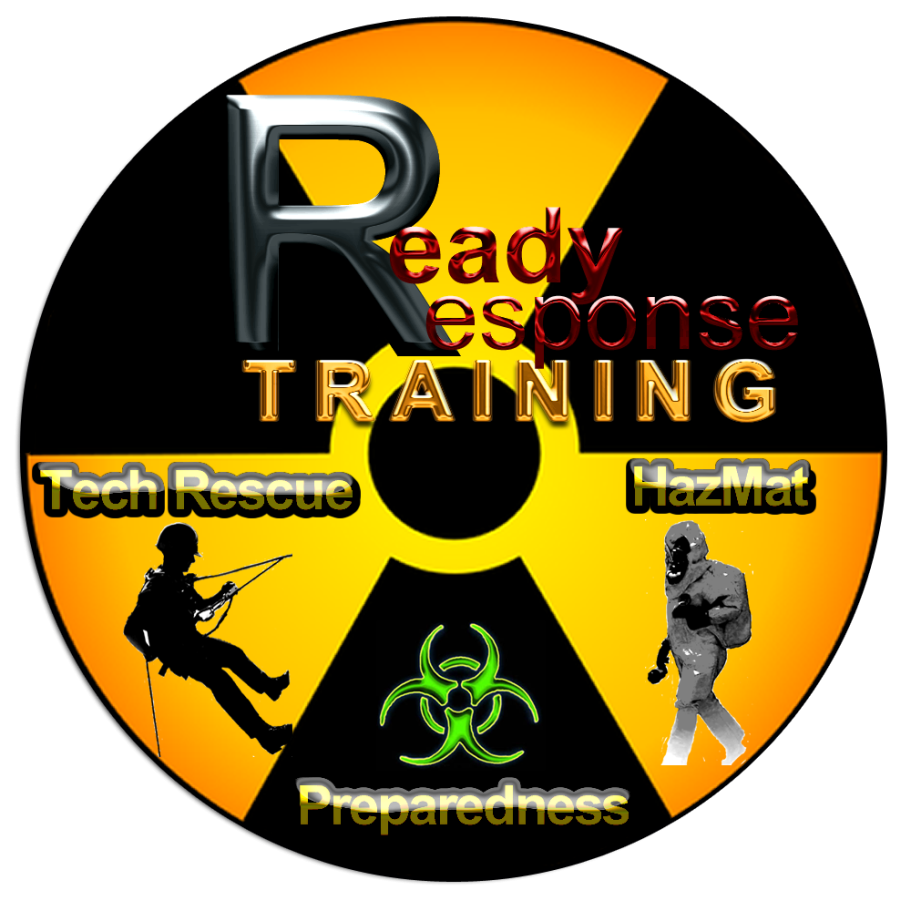Hazmat Incident Command
This course is designed to equip first responders with the knowledge and skills required to handle and respond to hazardous materials incidents safely and effectively, adhering to NFPA 472 standards. Participants will learn to analyze incidents, implement response objectives, and perform defensive operations, including containment and control of hazardous substances. This course is intended for firefighters, emergency medical services, and other emergency personnel who might be involved in the initial stages of a hazardous materials incident.
Course Description
This course meets or exceeds the National Fire Protection Association (NFPA) 1072 Hazardous Materials/WMD Emergency Response Personnel Professional Qualifications; Chapter 8 – Incident Commander, NFPA 472 Standard for Competence of Responders to Hazardous Materials/Weapons of Mass Destruction Incidents; Chapter 8 - Competencies for Incident Commanders
Duration
The course duration is 16 hours.
Prerequisites
Participants pursuing certification must provide proof of NFPA 1072 Operations or NFPA 472 Competencies for Operations Level Personnel (2018 edition) certification.
Course Overview:
- Duration: 16 hours
- Format: Combination of classroom instruction, practical exercises, and simulations
- Certification: Participants will receive a certificate of completion that verifies their competence in Hazardous Materials Incident Command as outlined by NFPA 472. Certificates will be mailed after successful completion of the course.
- Prerequisites: NFPA 472 or NFPA 1072 Operations level (Preference of Technician Level)
Course Outline:
Module 1: Introduction to Hazardous Materials
- Understanding hazardous materials and their risks
- Overview of NFPA 472 and its importance
- Recognizing and identifying hazardous materials
Module 2: Chemical and Physical Properties of Hazardous Substances
- Basic chemistry and toxicology
- Understanding material safety data sheets (MSDS) and shipping documents
- Using chemical protective clothing and equipment
Module 3: Site Management and Control
- Establishing control zones: hot, warm, and cold zones
- Use of emergency decontamination procedures
- Implementing standard operating and emergency response procedures
Module 4: Tactical Considerations
- Analyzing the incident to determine the nature and extent of the problem
- Predicting behavior of hazardous materials
- Implementing defensive response strategies to minimize harm
Module 5: Incident Management
- Roles and responsibilities under the Incident Command System (ICS)
- Coordination with other agencies and responders
- Documentation and evidence preservation
Module 6: Termination and Post-Incident Analysis
- Recovery and termination procedures
- Conducting debriefings and after-action reviews
- Stress management and health monitoring
Evaluation:
- Written exam
- Practical exercises to demonstrate competence in handling hazardous materials incidents
- Scenario-based evaluations to test decision-making and operational skills
©Copyright 2024 Ready Response Training, LLC. All rights reserved.
We need your consent to load the translations
We use a third-party service to translate the website content that may collect data about your activity. Please review the details in the privacy policy and accept the service to view the translations.
